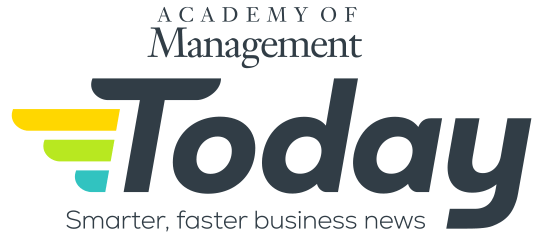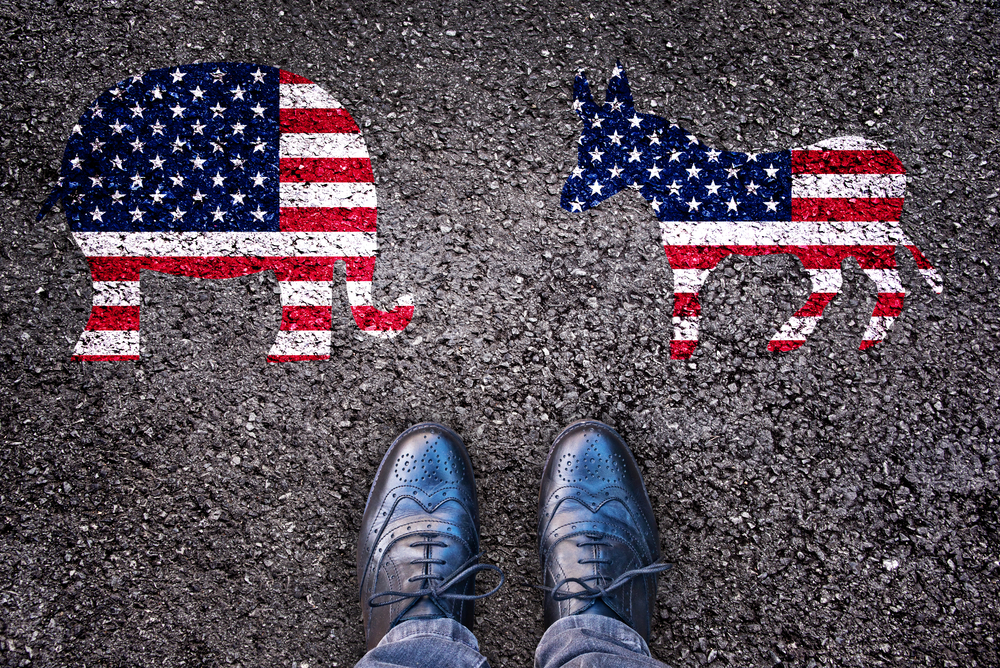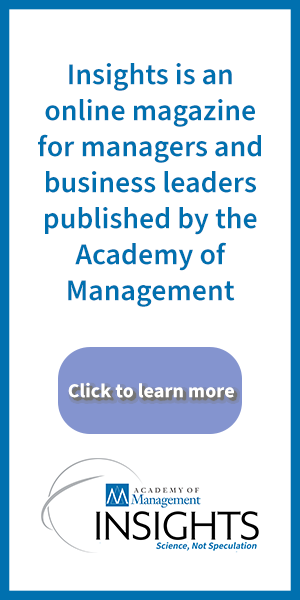Published on: April 2, 2025 at 6:24 pm
Numerous studies show that democracy has been in decline in many nations worldwide in recent years, and polarization exacerbates the difficulty of reforming political systems that many people are fed up with.
Academy of Management Scholar Wendy Smith of the University of Delaware said that a key challenge that citizens are confronting worldwide is that political systems work better if people across the ideological spectrum of beliefs can value and accommodate different value systems, perspectives, and approaches and set aside those differences to engage in more holistic, productive, solutions-oriented conversations.
“Our world has really big problems,” Smith said. “Effectively solving these problems requires engaging with multiple diverse voices; that is the value of civic discourse.
“Instead of solving the complex problems that the world faces, politicians and individual citizens are just pointing their fingers at one another, leading to polarization,” she said. “Social media only reinforces this polarization, which cyclically makes the problems worse.”
While civic discourse can solve problems, effectively connecting across diverse perspectives is challenging.
“People understand that shouting from different soapboxes across politically opposing perspectives is polarizing and detrimental,” Smith said. “Yet it remains challenging to sit down and respectfully listen to someone with a different point of view.”
Smith pointed out that leaders and individuals can learn both/and thinking skills that can more effectively enable such discourse.
“Solving our problems depends on bringing together multiple, diverse perspectives,” Smith said. “To do so, people need to learn how to embrace both/and thinking—valuing differences, listening to one another, and seeking integrative approaches.
“Our research shows that these are skills that people can learn over time.”
Pew Research Center found that the ideological gap between the political right wing and left wing is wider in the United State than in other countries on many issues, including abortion, climate change, and same-sex marriage. In a 2022 survey conducted by the nonpartisan fact tank, 88% of Americans said that there are strong conflicts in the country between people who support different political parties, indicating they’re keenly conscious of their internal divisions.
These days, what it takes to get into office is not what it takes to govern effectively. It takes expressing extreme positions to get elected, whereas it requires being in conversation across party lines to govern effectively. Citizens in democratic countries should consider looking themselves in the mirror before simply blaming politicians from political parties they don’t support for the systemic dysfunction. Unfortunately, there are no easy answers.
“We look to politicians, and we lay the blame on them, but we no longer have the townhall meetings, where people who could trust one another because they were neighbors and yet have different opinions and still be in conversation with one another,” Smith said. “Today, we’re shouting on social-media platforms, and as a result, the populace doesn’t have the competency to have these difficult conversations with people who disagree with them politically, and that’s problematic.
“It’s very idealized, but we need to find ways to use technology to connect with each other, not to sit behind our screens and no longer be in conversation, but to use it to be in deeper conversation with people that are different from us,” she said. “And that’s hard—it’s just hard.”












